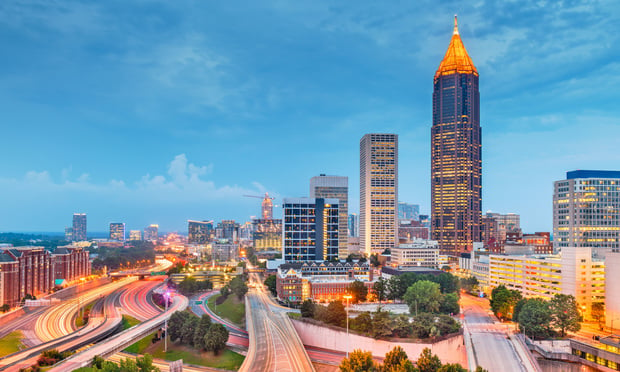[IMGCAP(1)]
MISSION VIEJO, CA-Cookie-cutter apartment buildings are yesterday's news for today's under-30 crowd, one of the largest cohorts of apartment renters in the market, according to Guy Hays, president of locally based Legacy Partners Residential. Hays tells GlobeSt.com that it takes fresh design ideas and modern looks to appeal to this demographic's sensibilities.
“The architecture that appeals to the younger crowd tends to be a little younger, a little more edgy as you look at it,” says Hays. “It's not just the plain-vanilla multitenant homes that it used to be.”
As GlobeSt.com has reported recently, more Millennials are remaining apartment renters for longer than previous generations. Hays says this is in part because home prices make purchasing a single-family home more prohibitive, but also because their live/work/play lifestyle makes apartment living much more tenable and desirable. “They want to be close to where they work, close to where they play, and they're concerned about the environment. They don't want to be in longer commutes, and they take advantage of mass transit. So this creates a push toward the more urban, infill, live/work environments they're interested in.”
Apartments being built for young renters offer a variety of green aspects, including car-charging stations and built-in bike-maintenance facilities. In addition, manmade materials in unit finishes are preferred over natural ones—i.e., colorful countertops vs. granite—which translates to more expensive finishes. These find their way into higher rents per square foot, which means that rental rates either remain flat or increase despite smaller apartment size.
[IMGCAP(2)]
And speaking of smaller apartments, which as GlobeSt.com has reported, require strong amenities in order to be successful, Hays says that common areas in apartment communities have become more important. “People tend to find their social experiences outside of where they live—not in the context of outside the whole apartment complex, but outside of their living room and bedroom. There's a shift ward smaller living spaces, but larger common areas, and those areas are changing. They tend to be more of a business center during the day, more social in the evening. Outdoor spaces are becoming very important to them, even to the point of outdoor garden areas, where residents can take a small plant or box and plant their own vegetable garden. They're spending less time inside their actual living unit and more time outside in common areas.”
Hays sums up what young apartment renters seek by comparing it to a high-end resort hotel, with pool decks containing firepits and terraces, outdoor TVs and smartly furnished common rooms accented with unique art from local artists. “It's exciting to see how design teams bring all that relevance into a community and how they integrate it into the area's culture. It's not just ordinary multifamily product.”
© 2025 ALM Global, LLC, All Rights Reserved. Request academic re-use from www.copyright.com. All other uses, submit a request to [email protected]. For more information visit Asset & Logo Licensing.







